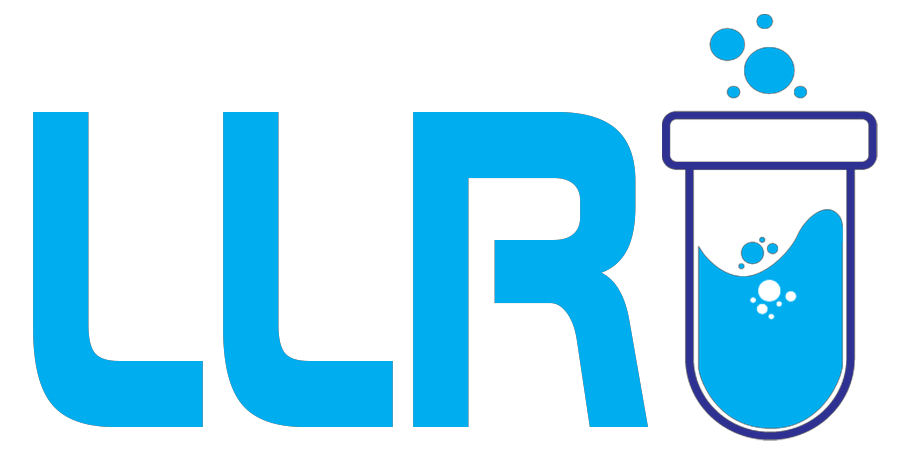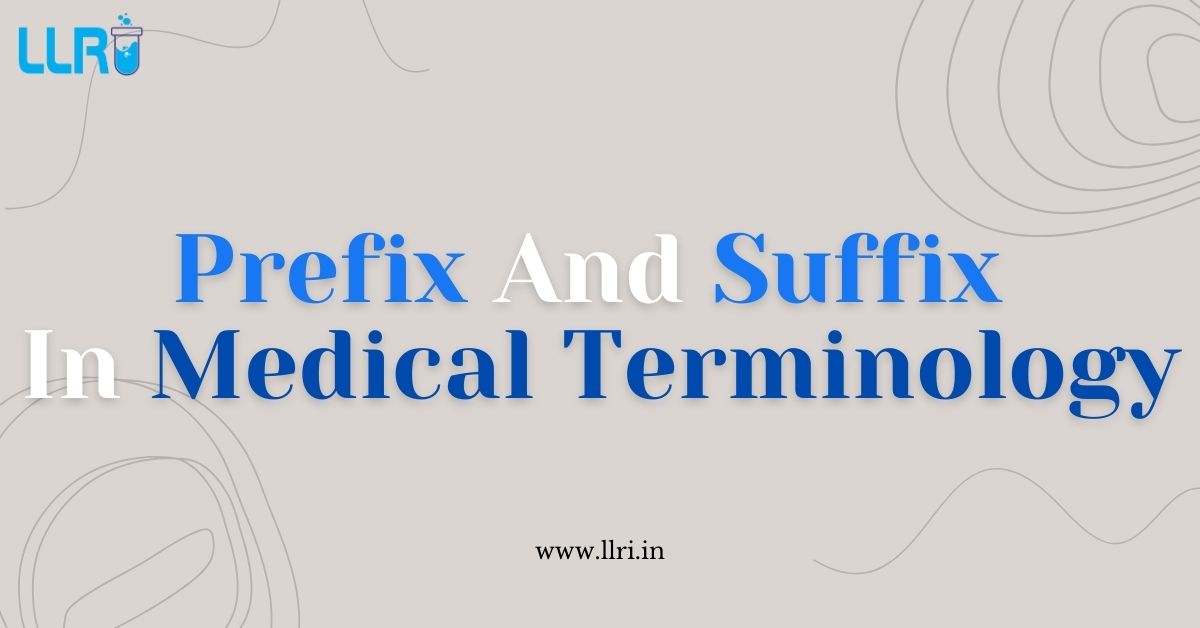Prefix And Suffix In Medical Terminology: Medical terminology can feel like an entirely new language, but with the right tools, it’s easier to decode than you might think. A solid grasp of prefix and suffix in medical terminology helps break down complex terms into understandable parts, making them accessible even to beginners.
Whether you’re pursuing a clinical research course or exploring healthcare as a career, understanding the building blocks of medical terms is crucial.
In this blog, we’ll tell you all about what is prefix in medical terminology, explain what is suffix in medical terminology, highlight the difference between prefix and suffix, and underline the importance of prefix and suffix in decoding medical jargon.
The Basics of Prefix and Suffix in Medical Terminology
Medical terms are often long and intimidating, but at their core, they are built from smaller, meaningful components. These include prefixes, suffixes, root words, and combining forms. Prefixes and suffixes are particularly significant as they modify or add context to the root word, clarifying its meaning.
What is Prefix in Medical Terminology?
A prefix in medical terminology is a word part added to the beginning of a term. It typically provides information about location, number, time, or status. For instance:
- Hyper-: Means “excessive” or “above.” Example: Hypertension (high blood pressure).
- Hypo-: Means “deficient” or “below.” Example: Hypoglycemia (low blood sugar).
Prefixes are vital because they immediately set the tone for what the term might be referring to.

What is Suffix in Medical Terminology?
On the other hand, a suffix is added to the end of a root word to modify its meaning, often indicating a condition, disease, procedure, or process. For example:
- -itis: Means “inflammation.” Example: Arthritis (inflammation of joints).
- -ectomy: Means “surgical removal.” Example: Appendectomy (removal of the appendix).
While prefixes provide context, suffixes give specific meaning to medical terms, making them equally essential.
Difference Between Prefix and Suffix
The difference between prefix and suffix lies in their placement and function. While prefixes are attached at the beginning of root words to alter their meaning or scope, suffixes are appended at the end to refine or complete the term.
| Feature | Prefix | Suffix |
| Placement | Before the root word | After the root word |
| Function | Provides context (time, number) | Specifies condition or process |
| Example | Hypoglycemia: “Hypo-” (below) | Arthritis: “-itis” (inflammation) |
Having clarity on the difference between prefix and suffix is important for understanding how medical terms are constructed.
The Importance of Prefix and Suffix in Medical Terminology
The importance of prefix and suffix in the medical field cannot be overstated. Here’s why:
- Simplifies Complex Terms: Medical terms can be intimidating, but breaking them down into prefixes, suffixes, and root words makes them manageable. For example, Gastroenteritis becomes Gastro- (stomach) + enter- (intestine) + -itis (inflammation).
- Improves Communication: Healthcare professionals use precise language to describe conditions, procedures, and diagnoses. Familiarity with prefixes and suffixes ensures clarity and reduces errors.
- Boosts Learning Efficiency: For students in a clinical research course or healthcare training program, understanding medical terminology accelerates learning and comprehension.
- Empowers Patients: Knowing the basics of medical terminology can help patients better understand their diagnoses and treatments.
Practical Examples of Prefix and Suffix in Medical Terminology
Common Prefixes in Medical Terms
- A-/An-: Absence or without. Example: Anemia (lack of blood cells).
- Brady-: Slow. Example: Bradycardia (slow heartbeat).
- Tachy-: Fast. Example: Tachycardia (fast heartbeat).
Common Suffixes in Medical Terms
- -logy: Study of. Example: Cardiology (study of the heart).
- -scope: Instrument for viewing. Example: Endoscope (instrument for internal viewing).
- -algia: Pain. Example: Myalgia (muscle pain).
Learning Prefix and Suffix: Tips for Beginners
- Start Small: Focus on mastering 5-10 prefixes and suffixes every week.
- Use Flashcards: Visual aids reinforce memory and retention.
- Practice with Examples: Break down terms you encounter during your clinical research training or coursework.
- Join a Course: Reputable institutes like LLRI, known for offering the best institute for PG Diploma in Clinical Research, provide in-depth training in medical terminology.

How LLRI Courses Incorporate Medical Terminology
LLRI (LifeLine Research Institute) is a leading clinical research training center offering specialized courses. Students enrolled in LLRI’s clinical research courses benefit from hands-on training in medical terminology, including prefixes, suffixes, and root words.
Why Choose LLRI?
- Comprehensive Curriculum: Covers essential terminology used in the field.
- Affordable Clinical Research Course Fees: LLRI offers one of the most competitive clinical research course fees in India.
- Expert Trainers: Guidance from seasoned professionals ensures a deep understanding of concepts.
By learning at LLRI, students not only gain expertise in medical language but also develop practical skills essential for careers in healthcare and clinical research.
On A Final Note…
Learning prefix and suffix in medical terminology is more than an academic exercise—it’s a tool that bridges the gap between complex jargon and meaningful communication. Whether you’re a healthcare professional, a student in a clinical research course, or simply curious about medical language, learning these building blocks will enrich your knowledge and boost your confidence.
Institutes like LLRI make this learning journey accessible and effective through their clinical research training programs. With their affordable clinical research course fees, expert faculty, and cutting-edge curriculum, LLRI remains the best institute for PG Diploma in Clinical Research.
Take the first step in mastering medical terminology today—because understanding the language of medicine opens doors to a world of opportunity!
FAQs
How can I learn medical terminology quickly?
To learn medical terminology quickly, focus on prefixes, suffixes, and root words. Use flashcards, practice breaking down terms, and consider enrolling in a clinical research course that includes terminology training.
What is the significance of prefixes and suffixes in medical terms?
Prefixes and suffixes provide context and refine the meaning of medical terms, simplifying communication in healthcare.
Are prefixes and suffixes used in all medical terms?
Not all medical terms have prefixes, but most have a suffix to indicate the condition, disease, or procedure.
Is understanding medical terminology necessary for clinical research?
Yes, medical terminology is vital for students in clinical research training, as it improves your communication, documentation, and understanding of medical data.
What makes LLRI the best institute for PG Diploma in Clinical Research?
LLRI offers an updated curriculum, affordable clinical research course fees, and practical training, making it the go-to clinical research training center.
What career opportunities are available after completing a clinical research course?
After completing a clinical research course, you can pursue roles in clinical trials, regulatory affairs, or medical writing, with opportunities in hospitals, CROs, and pharma companies.

